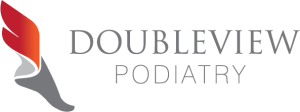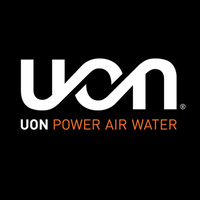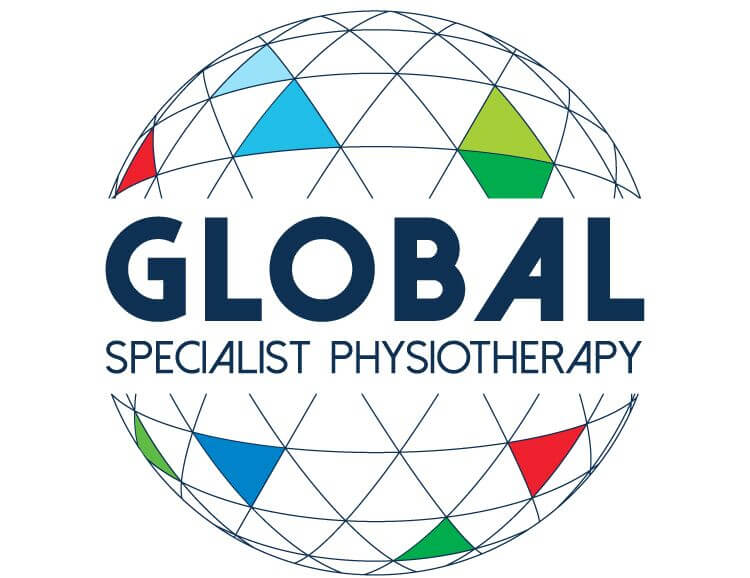Orthopaedic
Osteoarthritis Pain
Osteoarthritis is a very common condition causing pain, stiffness, swelling and discomfort about a joint. It is normal degenerative change that occurs within a joint which for some reason has been sped up due to a number of factors. These include:
- Level and type of physical activity throughout your life
- Repetitive movements and motions from the above
- A lack of movement variability throughout your life
- An inactive lifestyle
- Being overweight
- A poor diet high in proinflammatory foods such as sugar and red meat
- Age – as we age we are more likely to get it
- Female – females are more likely to have it then males
- Family history
- Previous trauma to the joint
Although it can be quite disabling initially, the appropriate treatment can make considerable improvements in your quality of life. Arthritic pain, be it osteo- or rheumatoid or any other form, can easily be managed conservatively.
Osteoarthritis Pain Treatment
Most osteoarthritic joint pain can and usually does improve with a management plan involving pain medication / anti-inflammatories, a graded, progressive exercise program, and physiotherapy treatment. People often derive benefit within a couple of weeks, with even further benefits noted after 1-3 months.
In fact, the best possible thing for arthritis of joints is to start moving and continue to move in a planned manner on a consistent basis (Brosseau et al, 2017a),** whilst stopping exercising is actually the single worst thing you could do for an arthritic joint. Our joints are made to move. Exercising in a managed, graded manner consistently over time, should reduce your joint pain and stiffness, with general function improving. Types of exercise you could do include hydrotherapy, a joint mobility program, stretching program, strengthening program, aerobic exercise or group exercise classes. Studies show even performing Tai-Chi or Qigong helps improve pain and function to do with arthritis (Brosseau et al, 2017b).*** However, strength exercise seems to be better as it incorporates all of the above.
Physiotherapy treatment can also help provide instant pain relief to help you start your personalised exercise program through many different methods. These include manual therapy, massage, dry needling, stretching and general advice.
Surgery is another option but should be avoided for at least 3 months after trialling the management strategies above. Should exercise and physiotherapy treatment provide no to limited relief then surgery can help alleviate your symptoms. However, you will need to rehabilitate your joint afterwards.
Arthroscopy
Some common conditions that are treated with arthroscopic surgery are:
– Damaged or torn cartilage
– Loose bone fragments
– Inflamed joint lining
– Torn ligaments
– Scarring within the joint
Rehabilitative exercises are an important part of your recovery post-surgery. These exercises can help strengthen the surrounding muscles to support the joint and restore your overall function and mobility of the joint. These exercises should start with light muscle contractions and strengthening and gradually progress to load bearing and weighted activity. Depending on the joint and surgical repairs performed your rehabilitation will be different. An Exercise Physiologist can provide you a tailored program to get your best surgical outcome.
Arthritis
Further to this, arthritis can be extremely detrimental to quality of life and general wellbeing. This is caused by the exposure to the often chronic pain, physical limitation, complex management strategies and associated mental health complications.
If you have recently been given a diagnosis of arthritis, it is easy to assume that minimising exercise will prevent further pain and slow the disease progression. In fact, this could not be further from the truth.
Active Treatment of Arthritis
Research continues to provide a strong position for structured exercise as one of the most effective treatments for arthritis. This is due to the capacity for it to improve joint mobility and flexibility, increase muscle strength and postural stability, and decrease pain, fatigue (tiredness), muscle tension and stress.
It is also important to remember that exercise will simultaneously improve your heart and lung function, increase your bone strength, improve your mental health, reduce the risk of almost all chronic diseases and reduce your body weight.
What exercise is best?
Although a “one size fits all” exercise program for treatment of Arthritis does not exist. It is now generally accepted that a combination of flexibility exercises (to maximise pain-free mobility of joints and tissue), strengthening exercises (to provide support and stability for affected joints) and endurance exercises (to increase heart and lung function).
It is important to consult your Doctor and Exercise Physiologist to have an individualised exercise treatment program prescribed for you.
- 1 in 7 Australians have experienced some form of arthritis
- 3 in 4 Australians with arthritis have reported at least one other chronic condition
- 1 in 2 Australians with arthritis reported moderate to severe pain
- 1 in 6 Australians with arthritis reported high or very high levels of psychological distress.
Osteopenia / Osteoporosis
Osteopenia is the term given to those who have lower bone mineral density than is considered normal. Osteopenia can be considered pre-osteoporosis, as without intervention the chance of developing osteoporosis is high. Osteoporosis is a condition relating to loss of BMD to a degree that is considered significant, and risk of fracture is high.
Postmenopausal women, those with autoimmune conditions or those with low BMI are commonly at higher risk of diagnosis. However, we are increasingly seeing osteopenia being diagnosed in the younger population. Those who live a sedentary lifestyle, have breastfed, or who suffer from malnutrition are at higher risk also.
Diet and lifestyle play a major role in lowering your risk of and managing an osteopenia and osteoporosis diagnosis. Adequate nutrient intake and weight bearing activity is needed to maintain or even increase BMD.
Osteopenia/ Osteoporosis and exercise
Weight bearing exercise and resistance training are considered the most important forms of exercise for those with osteopenia/osteoporosis. This is because these types of activities have the biggest influence on BMD. Studies show that adequate exercise prescription can help to slow the decline, maintain or in some cases even increase BMD following a diagnosis and help to lower risk of fracture/ falls.
Total Hip Replacement
Regular exercise post-surgery is crucial to restore your strength, mobility, and function to return to everyday activities and independence. Supervised exercise post-surgery provides better patient outcomes in terms of gait speed, cadence, and strength of muscles surrounding the hip joint. Exercise under the supervision of an Exercise Physiologist will ensure safe recovery and return to activity and independence.
Total Knee Replacement
Surgery provides reduced pain symptoms and improved perceived function and quality of life. However, surgery also poses significant impairments in muscle strength, knee function and knee proprioception. Exercise therapy both pre- and post-surgery provides many benefits to the outcomes of your knee surgery. Exercise therapy before surgery (perioperative exercise) is beneficial for recovery post-surgery and may facilitate accelerated recovery and post-surgical function.
Rehabilitation exercise post-surgery is widely promoted and essential for the recovery and return to function of the knee joint. Exercise post-surgery will allow you to have function and stability around the knee joint overall improving your quality of life and post-surgical outcomes. Our Accredited Exercise Physiologists are able to provide you appropriate exercise and information during all stages of your knee surgery journey.
Kyphosis
Postural
Postural kyphosis is the most common type and arises from poor postures. It can occur in any age group from childhood, during rapid growth phases, adulthood, and elderly population. It commonly presents itself in adolescence and elderly population and is clinically noted as poor posture. Poor postures and forward slouched postures create stress and stain on ligaments and muscles that support the spine. Prolonged strain and cause these muscles to become weak and long and muscles through the front of the upper body to become short. Postural Kyphosis is not typically associated with severe structural abnormalities of the spine itself and can be corrected when sitting up straight. However, prolonged poor postures and curvature in the spine can increase risk of underlying bone and muscle conditions. Strengthening of the muscles supporting the spine and abdomen as well as posture training have been shown to reduce clinical measures of Postural Kyphosis.
Scheuermann’s Kyphosis
Scheuermann’s Kyphosis typically becomes apparent during adolescent years and can result in significant deformity of the thoracic spine and structural abnormalities. Unlike Postural Kyphosis, Scheuermann’s Kyphosis will not be able to be corrected by sitting up straight. Due to the significant curvature of the thoracic spine, the lumbar spine can deform and result in a compensatory inward curve. Treatment for this type of Kyphosis is usually a mix of nonoperative management such as exercise therapy, pain management and braces, and in severe cases operative management. For Scheuermann’s Kyphosis, exercise therapy is important to long term management. Strengthening and stretching can reduce pain and improve outcome measures.
Congenital Kyphosis
Congenital Kyphosis is present at birth and is a result of the spinal column failing to develop normally while in utero. Often those with congenital kyphosis may need surgical treatment to slow or stop the progression of the curve. Those with Congenital Kyphosis may undergo several surgeries in their lifetime. Exercise therapy to support and maintain muscle mass and flexibility will provide positive functional outcomes and recovery from surgery.






